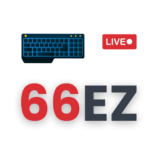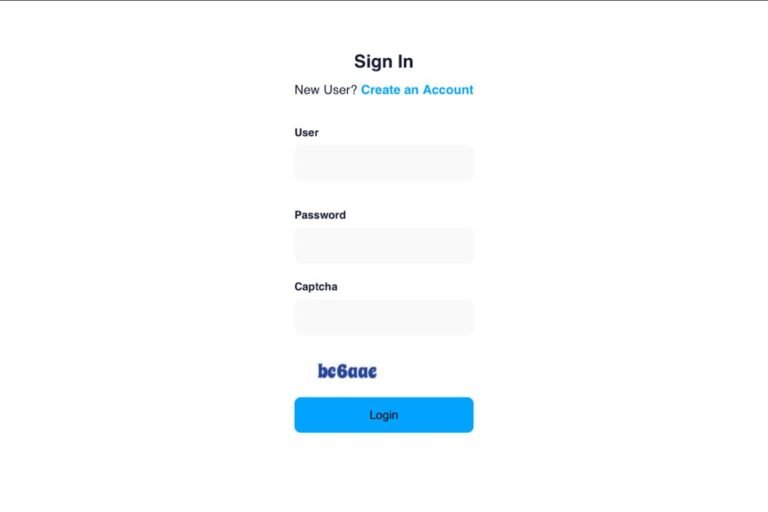
A fashion marketing agency plays a crucial role in shaping a brand’s identity, increasing its reach, and driving sales. Businesses in the fashion industry rely on these agencies to create targeted campaigns, optimize digital presence, and engage consumers effectively. However, evaluating the success of such a partnership is essential to ensure long-term benefits and business growth. This article explores key performance indicators, strategies, and factors that determine the effectiveness of working with a fashion marketing agency.
Defining Success in a Fashion Marketing Partnership
Success in a fashion marketing collaboration is not just about short-term sales but also includes brand growth, customer engagement, and digital presence. To determine whether a partnership is working, brands must assess both qualitative and quantitative factors. These include audience reach, conversion rates, and overall brand impact.
Key Performance Indicators for Measuring Success
A results-driven evaluation helps businesses understand whether their fashion marketing agency is delivering expected outcomes. Here are some essential metrics:
Brand Awareness and Recognition
A successful agency partnership should lead to increased brand visibility. Metrics such as website traffic, social media engagement, and brand mentions indicate whether the marketing efforts are reaching the target audience.
- Increase in social media followers and interactions
- Growth in website visits and search engine rankings
- Higher brand recall in customer surveys
Sales Growth and Conversion Rates
The primary goal of marketing is to drive sales. Evaluating revenue growth and conversion rates can help determine whether the agency’s strategies are effective. Key indicators include:
- Increase in online and offline sales
- Growth in repeat customer purchases
- Higher conversion rates from marketing campaigns
Audience Engagement and Customer Retention
Fashion marketing is about building strong connections with customers. An effective agency ensures that the brand maintains high engagement levels through various channels. Metrics to consider include:
- Social media interactions (likes, comments, shares)
- Email marketing open rates and click-through rates
- Customer retention and loyalty program participation
Return on Investment (ROI)
Investing in a fashion marketing agency should yield positive financial returns. Calculating ROI helps businesses measure the effectiveness of their marketing budget. A positive ROI means that the agency’s efforts are translating into measurable financial benefits.
Evaluating Digital Marketing Strategies
In the digital age, online presence is critical for fashion brands. Agencies implement various digital marketing strategies to enhance brand growth. Evaluating these strategies ensures alignment with business goals.
Social Media Performance Analysis
Social media is a powerful tool for fashion marketing. Evaluating the effectiveness of social media campaigns involves analyzing:
- Engagement rates on platforms like Instagram, Facebook, and TikTok
- The effectiveness of influencer collaborations
- The consistency of brand messaging across channels
Search Engine Optimization (SEO) Impact
A well-optimized website drives organic traffic and increases brand credibility. Measuring the SEO success of an agency includes:
- Improvement in search engine rankings
- Growth in organic traffic and keyword rankings
- Increased backlinks from authoritative sources
Content Marketing and Storytelling
A fashion marketing agency creates compelling content to engage audiences. Evaluating content success includes:
- Blog post performance and reader engagement
- Effectiveness of visual content, including videos and infographics
- Alignment of storytelling with brand identity
Assessing Creativity and Innovation in Campaigns
The fashion industry thrives on creativity. An agency’s ability to design unique and innovative campaigns is essential for standing out in a competitive market.
Unique Campaign Ideas
Successful agencies bring fresh and original ideas to marketing strategies. Brands should assess whether campaigns:
- Reflect current fashion trends
- Engage audiences with interactive and immersive experiences
- Differentiate the brand from competitors
Use of Emerging Technologies
Modern marketing incorporates technology to enhance engagement. Evaluating an agency’s use of digital innovations includes:
- Implementation of augmented reality (AR) in virtual try-ons
- AI-driven personalized marketing strategies
- Data-driven insights for audience targeting
Monitoring Collaboration and Communication Efficiency
A successful partnership relies on strong collaboration and transparent communication between the brand and the agency.
Responsiveness and Adaptability
An agency should be flexible in responding to changes in trends and market demands. Effective agencies:
- Adjust strategies based on data insights
- Provide regular reports and performance updates
- Offer creative solutions during unexpected challenges
Transparency in Strategy Execution
Fashion brands must ensure that agencies provide clear action plans and measurable goals. Transparency in communication leads to:
- Clear understanding of campaign objectives
- Regular performance reports with detailed analytics
- Open discussions on marketing budget allocation
Identifying Challenges and Areas for Improvement
Every marketing partnership faces challenges. Evaluating shortcomings allows brands to refine strategies for better results.
Addressing Weak Campaign Performance
If a marketing campaign fails to meet expectations, identifying reasons for underperformance is crucial. Factors to analyze include:
- Mismatch between brand message and audience preferences
- Lack of proper market research before campaign execution
- Failure to adapt to emerging fashion trends
Ensuring Long-Term Brand Growth
Short-term success does not guarantee long-term brand stability. A successful fashion marketing agency partnership should contribute to:
- Sustainable brand reputation and customer loyalty
- Expansion into new markets and demographics
- Continuous innovation in marketing strategies
Making Data-Driven Decisions for Future Growth
Evaluating a fashion marketing agency partnership is an ongoing process. Using data-driven insights helps businesses make informed decisions for long-term success.
Adjusting Strategies Based on Analytics
Regularly analyzing campaign data allows brands to refine their marketing approach. Steps to take include:
- Identifying trends in consumer behavior
- Adjusting content strategies based on audience response
- Investing in high-performing marketing channels
Choosing the Right Agency for Future Success
If a partnership does not yield the desired results, brands may need to reassess their collaboration. Finding the right agency involves:
- Researching agencies with proven industry experience
- Evaluating case studies and client testimonials
- Ensuring alignment with brand values and marketing goals
Final Thoughts on Evaluating a Fashion Marketing Partnership
Evaluating the effectiveness of a fashion marketing agency is essential for sustained business growth. By analyzing key performance indicators, digital marketing strategies, and collaborative efforts, brands can ensure a successful partnership. Continuous assessment and data-driven decision-making help in refining strategies and achieving long-term success in the competitive fashion industry.




